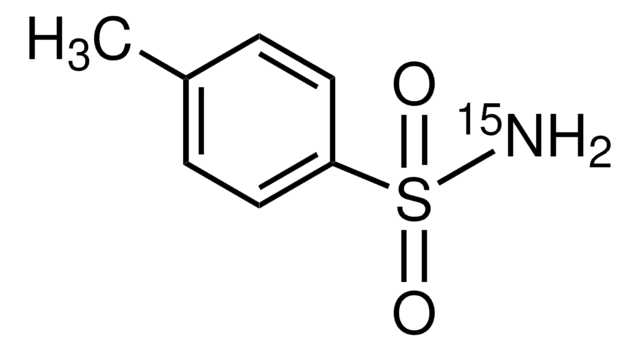511447
Phenylbis(2,4,6-trimethylbenzoyl)phosphine oxide
97%, powder
Synonym(s):
BAPOs, Bisacylphosphine oxides
About This Item
Recommended Products
Assay
97%
form
powder
mp
131-135 °C (lit.)
solubility
acetone, acetonitrile, toluene, and hexanediol diacrylate: soluble
SMILES string
Cc1cc(C)c(c(C)c1)C(=O)P(=O)(C(=O)c2c(C)cc(C)cc2C)c3ccccc3
InChI
1S/C26H27O3P/c1-16-12-18(3)23(19(4)13-16)25(27)30(29,22-10-8-7-9-11-22)26(28)24-20(5)14-17(2)15-21(24)6/h7-15H,1-6H3
InChI key
GUCYFKSBFREPBC-UHFFFAOYSA-N
Looking for similar products? Visit Product Comparison Guide
General description
Application
- Radical polymerization of dental resins. BAPO enhances the polymerization rate and conversion compared to other initiators.
- Preparation of divinylbenzene modified polymer-based ceramic materials for high temperature sensor applications.
Signal Word
Warning
Hazard Statements
Precautionary Statements
Hazard Classifications
Aquatic Chronic 4 - Skin Sens. 1
Storage Class Code
11 - Combustible Solids
WGK
WGK 1
Personal Protective Equipment
Certificates of Analysis (COA)
Search for Certificates of Analysis (COA) by entering the products Lot/Batch Number. Lot and Batch Numbers can be found on a product’s label following the words ‘Lot’ or ‘Batch’.
Already Own This Product?
Find documentation for the products that you have recently purchased in the Document Library.
Customers Also Viewed
Articles
Monomers for ophthalmic use aim for purity, reliability, and comfort, driving innovation for affordable contact lenses.
Monomers for ophthalmic use aim for purity, reliability, and comfort, driving innovation for affordable contact lenses.
Monomers for ophthalmic use aim for purity, reliability, and comfort, driving innovation for affordable contact lenses.
Monomers for ophthalmic use aim for purity, reliability, and comfort, driving innovation for affordable contact lenses.
Our team of scientists has experience in all areas of research including Life Science, Material Science, Chemical Synthesis, Chromatography, Analytical and many others.
Contact Technical Service

















